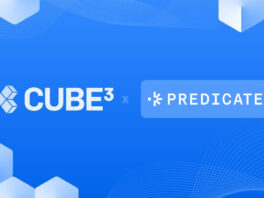
Content
CUBE3 DOES NOT HAVE A TOKEN – How to Protect Yourself from Scams
If you skipped the headline, it’s worth repeating; CUBE3 does not have a token, but we do have easy, effective and free tools and tips to protect you from scams.
We all know that token scams are a major problem in the blockchain space. The scammers are innovating effective ways to trick people into draining their assets. Even crypto OG’s like Mark Cuban are getting hacked. Subsequently, institutions like Chase, are banning crypto payments.
Never fear web3 frens, there’s hope.
In this post, we’ll outline tools CUBE3 provides (for free) anyone can use before you confirm a transaction. We also share digital hygiene tips that are (hopefully) common knowledge for those in web3.
How to identify a fake token?
Identifying fake tokens can be difficult, but we have an example… a FRAUDULENT CUBE3 TOKEN?!
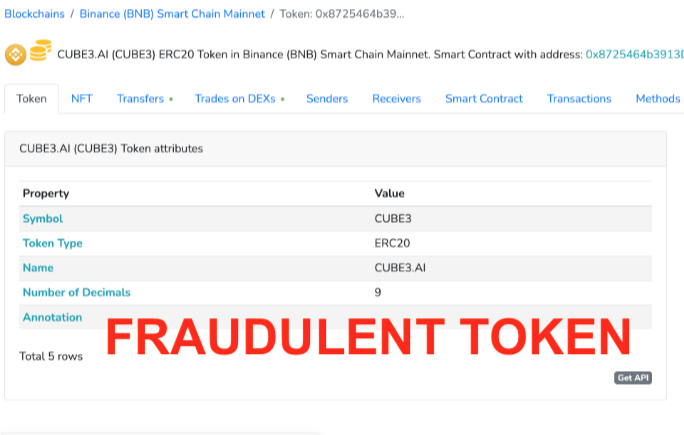
Once again, for those in the back, CUBE3.AI does not have a token!
But how would you know this token is a fake? Scammers use similar and traceable methods (more on that later) and repurpose addresses or spin up new ones, that create a trail of identifiable crypto carnage. CUBE3 can track and trace these addresses and flag suspicious behavior.
Here’s how to use the free Inspector tool from CUBE3, before confirming a transaction with an unknown address:
Step 1: Copy the contract/wallet address
Step 2: Go to Panorama.CUBE3.AI
Step 3: Navigate to Inspector and paste the address
Step 4: See the Risk Score of the token contract address
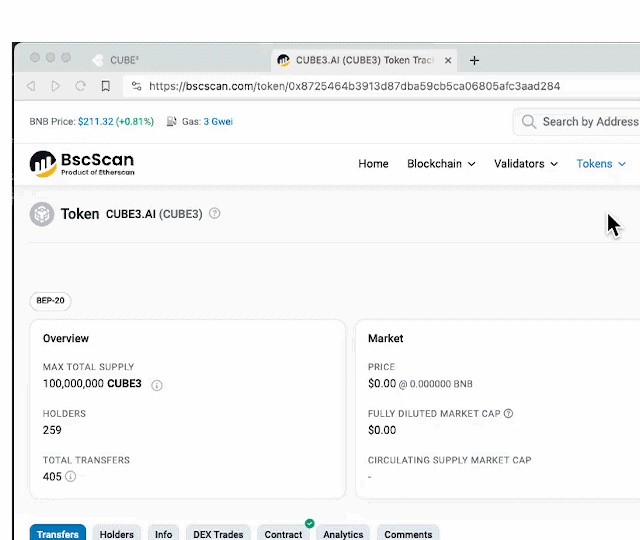
How do token scams operate?
At CUBE3.AI we have a team of security researchers… which means as a CUBE3 user, you do too.
Our research team provided some insight into this particular scam, so you never interact with these addresses.
There’s a clear scam pattern in the token deployer’s behavior:
1. create a token that impersonates some project
2. add liquidity
3. rugpull the token
4. send all the funds to an address
5. go back to step 1, with the new addressjust a couple of examples:
0x1E8Fd….6D652 sent the initial fund to 0x67FB1…b137f
0x67FB1…b137f created Myosmo.ai token
0x67FB1…b137f sent the initial fund to 0xB550f…39642
0xB550f…39642 created CrossDex token
0xB550f…39642 sent the initial fund to 0xb6BB0…cAEd6
0xb6BB0…cAEd6 created CUBE3.AI token
0xb6BB0…cAEd6 sent the initial fund to 0xFa511…Bb139
0xFa511…Bb139 created Character.ai token
and it goes on and on…
Scammers gonna scam.
Tips on how to avoid token scams
Ethereum.org has some useful information on How to Identify Scam Tokens, and we’ve added a few more below:
- Never give out your private keys.
You wouldn’t give all the passwords to your bank account, don’t give your private keys to your crypto address. If you do, someone can steal all of your assets.
- Do your research before investing in any token.
You’re reading this, so you’re off to a good start! Understanding the project starts with reading project docs and/or whitepaper and joining the community on Discord or Telegram. Also, find out who the team is behind the project. At CUBE3, we ensure our community knows who we are from our About Us page, posting video interviews, and spotlights of team members.
- Beware of investment advice.
If someone is contacting you to offer you a great investment opportunity, it’s likely a scam. Somehow, the Nigerian Prince is still out there with his advance-fee scam.
- Be careful of fake websites and social media accounts.
Scammers often create fake websites and social media accounts, even entire conferences! Be sure to double-check the URL before you enter any personal information… better yet, don’t ever enter personal information.
The best way to protect yourself from token scams is being careful and be vigilant. If you ever see something suspicious, report it to the project team or to the appropriate authorities.

 Slay Huff
Slay Huff

 CUBE3.AI
CUBE3.AI

 Tamás Kelemen
Tamás Kelemen

 Sarunas Matulevicius
Sarunas Matulevicius
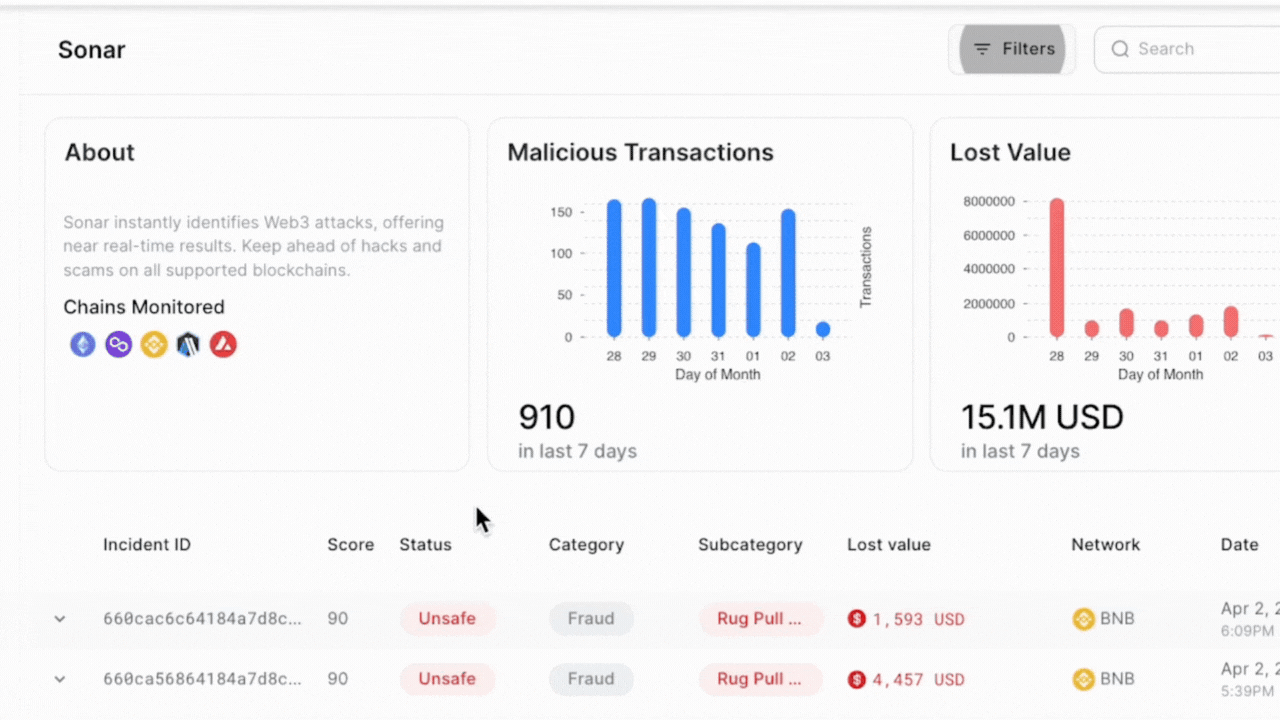
 Attila Marosi-Bauer
Attila Marosi-Bauer
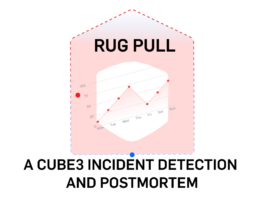
 Einaras Gravrock
Einaras Gravrock

